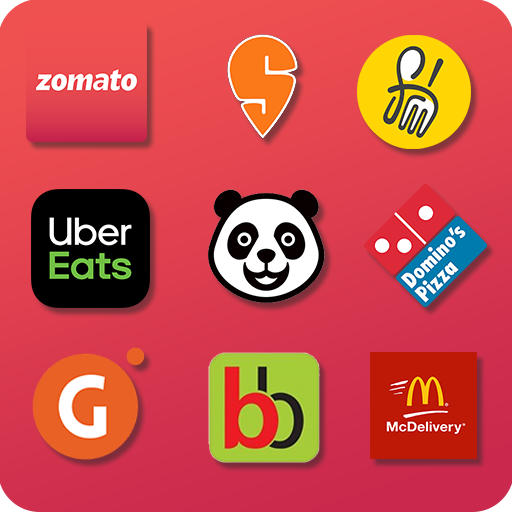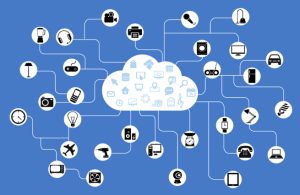How the world eats is changing considerably. A little under 20 years ago, restaurant-quality meal delivery was still mostly restricted to foods such as pizza and Chinese. At the moment, food delivery has become a global market worth a little more than $150 billion, having more than tripled since 2017. In the United States, the market has far more than doubled in the COVID-19 pandemic, following a healthy historical growth of 8%.
Where Tech And Food Meet
The introduction of appealing, user-friendly apps and tech-enabled driver networks, together with ever-evolving consumer expectations, has unlocked ready-to-eat food delivery as a significant category. Lockdowns – as well as physical-distancing requirements – that were experienced early on in the pandemic gave the category a massive boost, with delivery becoming a lifeline for the hurting restaurant industry. Moving forward, it is primed to remain a constant fixture on the dining landscape.
As The Food-Delivery Ecosystem Continues To Boom Its Economic Structure Is Still Evolving
Reflections on aspects such as brand, real estate, operating efficiency, dearth of offerings, and evolving consumer habits will determine the stakeholders who win or lose as the industry develops.
Potential regulatory constraints, including potential changes to how drivers are remunerated, will figure into the reshuffling. And while the industry has faced explosive growth during the global pandemic, delivery platforms, with a couple of exceptions, have remained unprofitable.
In spite of such challenges, there are still major investments taking place in the space. As the landscape shifts more in the wake of the global pandemic, new challenges, opportunities together with decision points are emerging for a complex web of players. This includes delivery platforms, restaurants, drivers, consumers, and other tech enablers.

There Are Still Some Risks
Getting started with food delivery apps isn’t just as simple as taking orders and then driving them to people’s houses. Unlike when you download apps for online bingo Australian sites, there’s a bit more to it. Many of the choices that you need to make come with risks which need to be mitigated. How you address these risks can very well make a massive difference on how profitable your takeout and food delivery services would be.
Food safety becomes particularly important for delivery owing to the additional risks. Restaurants should be concerned about making sure that the right hot and cold holding temperatures of the food that they are delivering. Even if you are utilising a third party delivery service, you have to be aware of how your food delivery orders will be held onto in your store until these are collected up by a driver. Depending on the kinds of food you are delivering, you can’t just leave the orders on the counter and assume that all will be well.
After this there is the delivery process itself. How is your food being transported to the customer? Is it merely sitting on the passenger seat of your delivery person’s car? Or do you have the right delivery bags or boxes for your drivers? If do you use a third party delivery service, what kinds of delivery accessories do they require their drivers to have?





